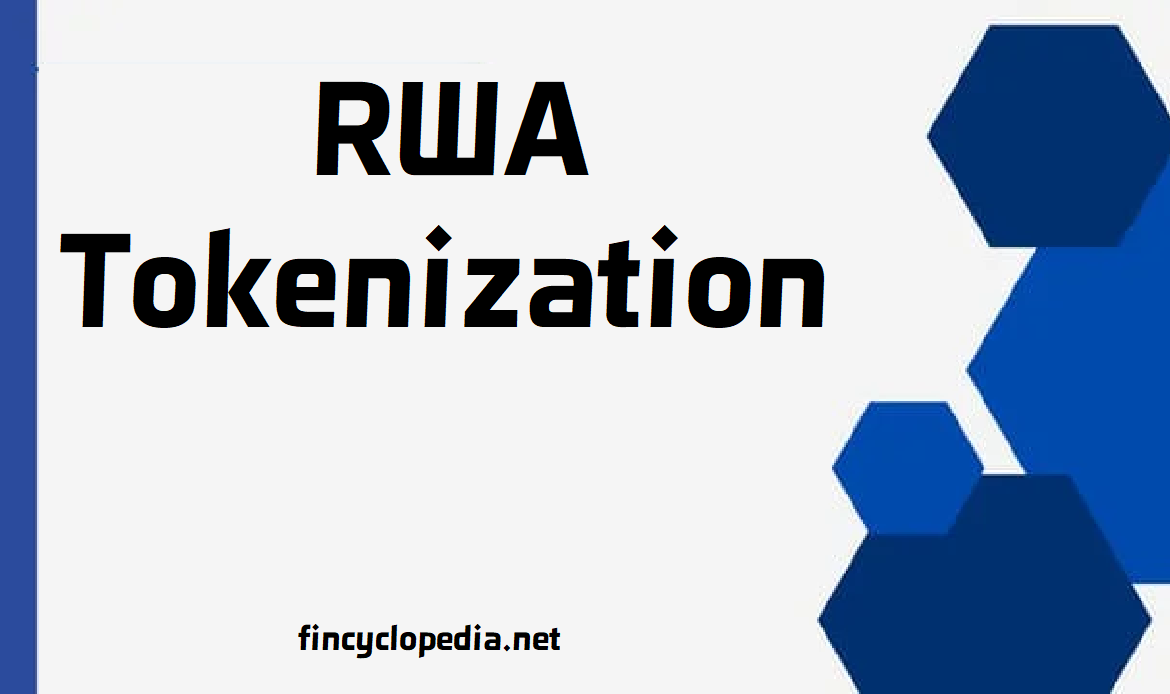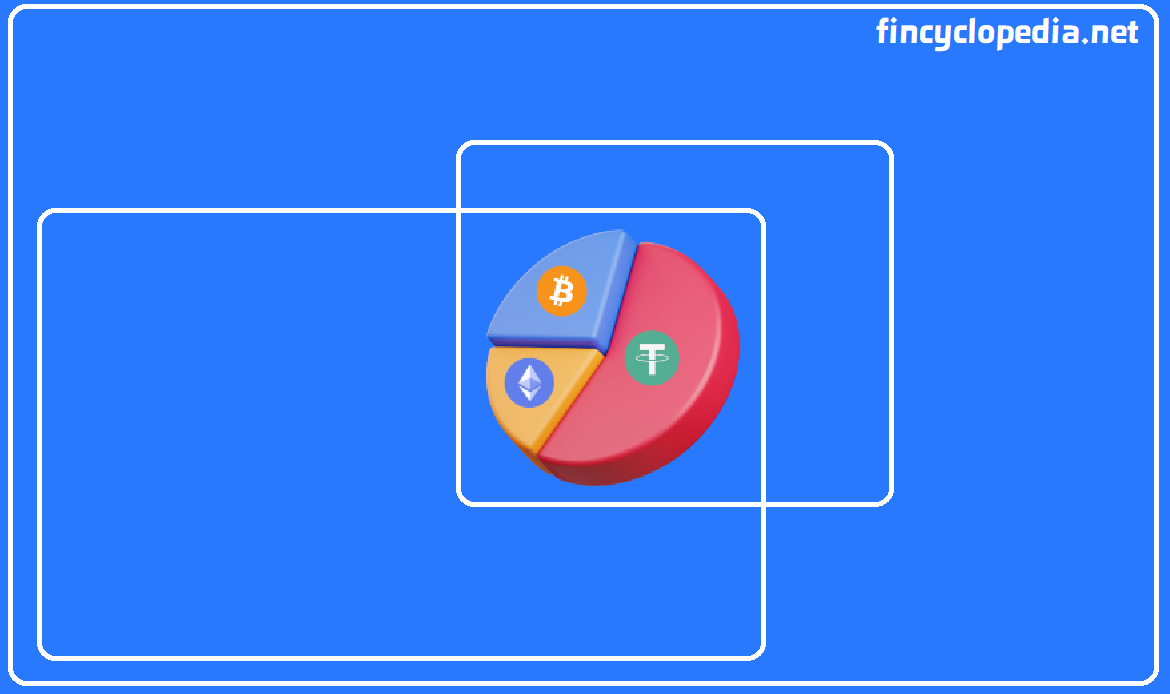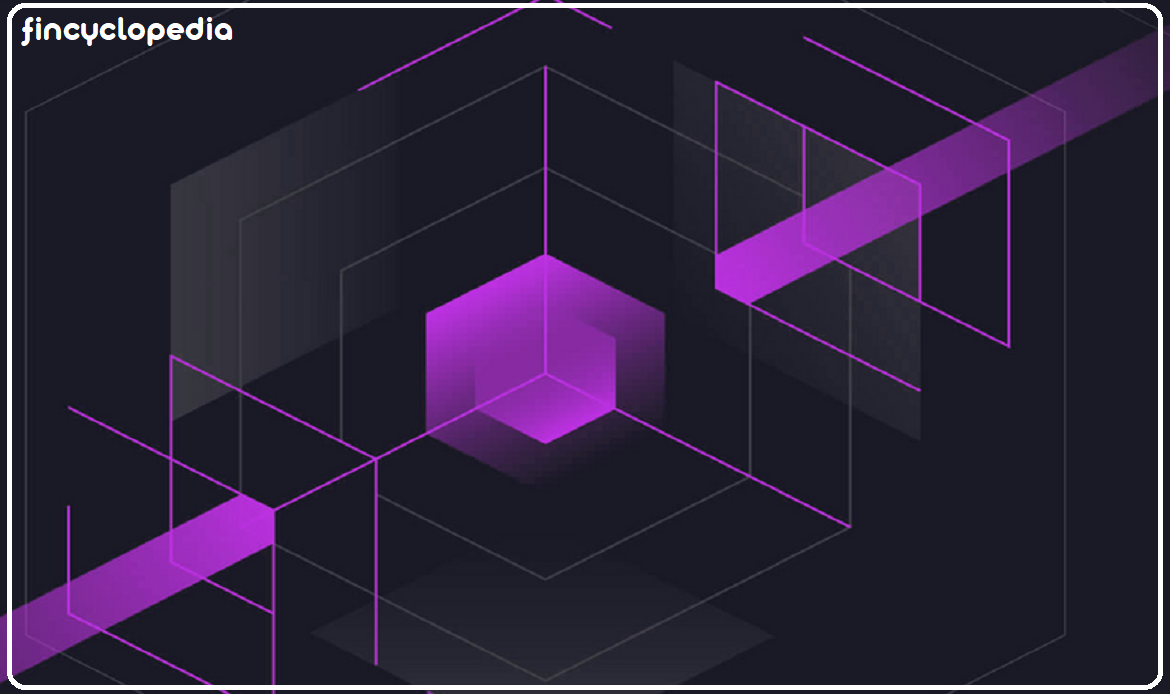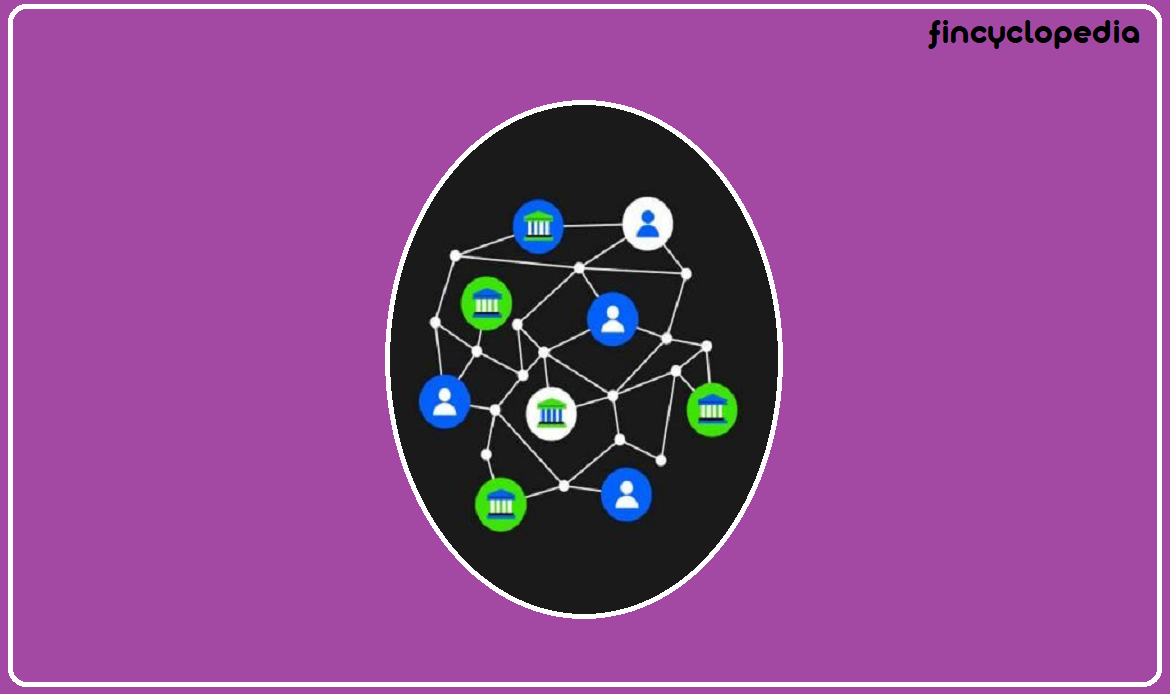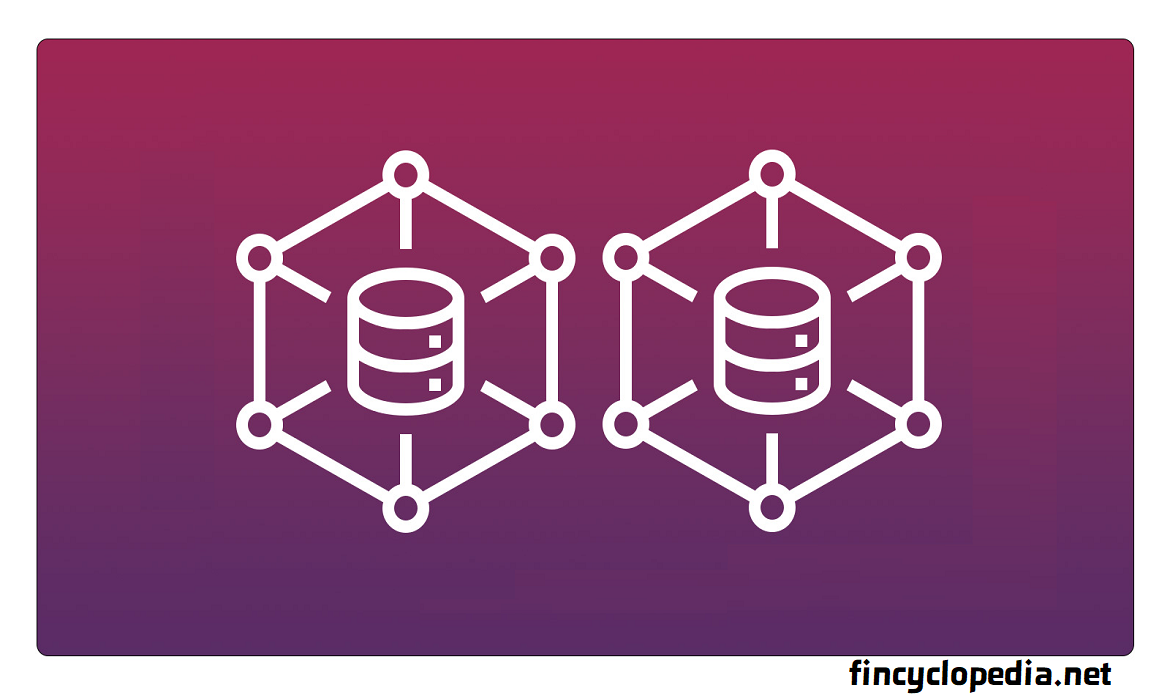
Concept of asset tokenization
Asset tokenization refers to the process of creating digitized or tokenized assets out of a tangible or intangible asset. Tokenization capitalizes on the capability to use and leverage blockchain technology to securitize assets, both traded and non-traded. A tokenized asset represents a divided share in the ownership of real, financial, or digital assets that is recorded on a blockchain in the form of digital tokens. By means of an asset tokenization, an issuer creates digital tokens on a distributed ledger or blockchain, which represent.
Example
An example of tokenized assets is a tokenized real world asset (tokenized RWA). It is a real world asset (RWA) that has an on-chain representation (by means of tokenization) in the form of tokens. The tokens are created and issued on a network in various forms, such as ERC-20 tokens, ERC-721 (the NFT standard). Tokenization of real-world assets enables holders of such assets to have them in a digital format and trade them on decentralized platforms. This technique bridges the gap between the traditional financial system and the expanding world of decentralized finance (DeFi) platforms, a mixture that provides increased liquidity, transparency, and accessibility. The tokenized assets have significant value and can be used as a form of collateral or investment in both traditional financial markets and the newly emerging blockchain-based markets. Backed by traditional assets, real-world assets can form sustainable and reliable digital asset classes that capitalizes on decentralized finance as a direct competitor to traditional finance. Moreover, real-world assets are recognized and valued in the real-world economy, and their integration into blockchain networks opens up new avenues for value creation in areas such as finance, investment and trading.
Benefits
Asset tokenization carries a set of benefits whereby users/ participants (broadly the community) can be better off in many respects as to their holdings and the way they interact on the network. Beyond providing a decentralized alternative to real-world items (resources or valuables), the key benefits are summarized below:
- Accessibility: the developed assets would be available and accessible to a wider range of users/ participants, removing hereby the barriers of entry that used to be established by certain incumbents.
- Liquidity: tokenization enhances liquidity as tokens can be traded easily and quickly. Participants can buy and sell without difficulty, especially for secondary markets. With the higher liquidity and interoperability of assets traded on the blockchain, inefficiencies, such as high fees and long settlement processes, die out.
- Transparency: tokenization implies that all transactions and events are recorded on the network (as an open system) where all community members can review and have a full picture about, whereby enhancing transparency and trust.This includes recording ownership, payment, and transaction history on the blockchain. Transparency reduces the risk of fraud, theft and manipulation.
- Efficiency: tokenization helps market participants do without an intermediary, resulting in faster and cost-effective dealings for all community members.
- Fractional ownership: high-value assets can be split up into smaller, more affordable units (at times, millions of smaller tokens), making it easier to trade such high-value assets. Fractionalization of assets help create a larger and deeper pool of users (buyers and sellers) where interaction takes place in a straightforward manner.
- Interoperability: tokens can be easily traded or operated on other platforms using crypto protocols and other tools/ mechanisms.
- Programmability: tokens carry their own codes and can utilize smart contracts, making the issue and use of such assets much easier and largely automated.
- Enabling crypto transactions: tokenized real-world assets can be placed as collateral in decentralized markets, enhancing liquidity in the DeFi ecosystem and generating rewards for holders of such assets. Financial products such as token baskets and synthetic assets can be deployed to further improve the ecosystem.


